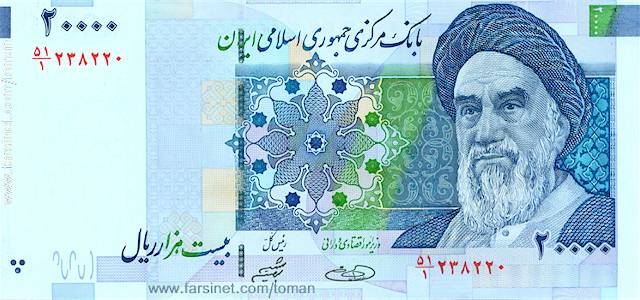Iran Special: A Beginner's Guide to the "Currency Crisis"

The best way to understand the current foreign exchange crisis is by imagining that you are commuting back home from your job, driving on the same route you have been taking for the past decade. All the sudden, you see that the highway you take has been closed off. You immediately try the main road you know, but that is closed too. You go to the train station, only to learn that it not running. You will feel very disoriented and may not know how to get to your destination.
That's where we are now with the Iranian banking system. Businesses and individuals are feeling disoriented because the banks and forex traders they have relied on for decades are suddenly unable to service them.
Over the next few weeks and months, they will start finding the side streets and figuring out how to move money again. It's unlikely that such a high spread will remain in place between the official and black market rate of the rial. I expect the spread to narrow, but it will persist at much higher levels than in the past. The traders will want to be compensated for the trouble of finding new routes and the few banks that do not worry about US pressure or their own government's cracking down will want a premium for their services.
My best assessment is that we can say with certainty that the sanctions are indeed "biting" and "painful", especially for ordinary Iranians and the private sector. But to say that sanctions are "working", we need evidence that they are contributing to their core purpose, which is supposedly to change Iranian behaviour on certain issues.
 Currency Crisis,
Currency Crisis,  Iran Central Bank
Iran Central Bank 